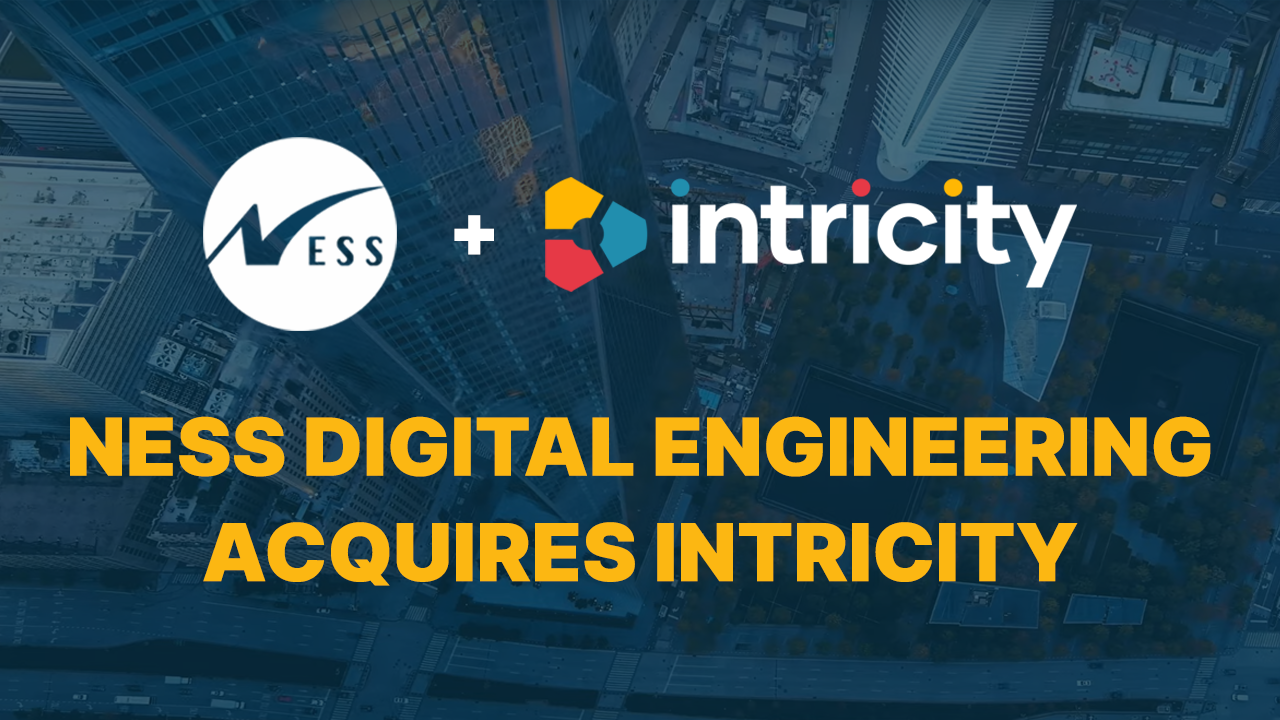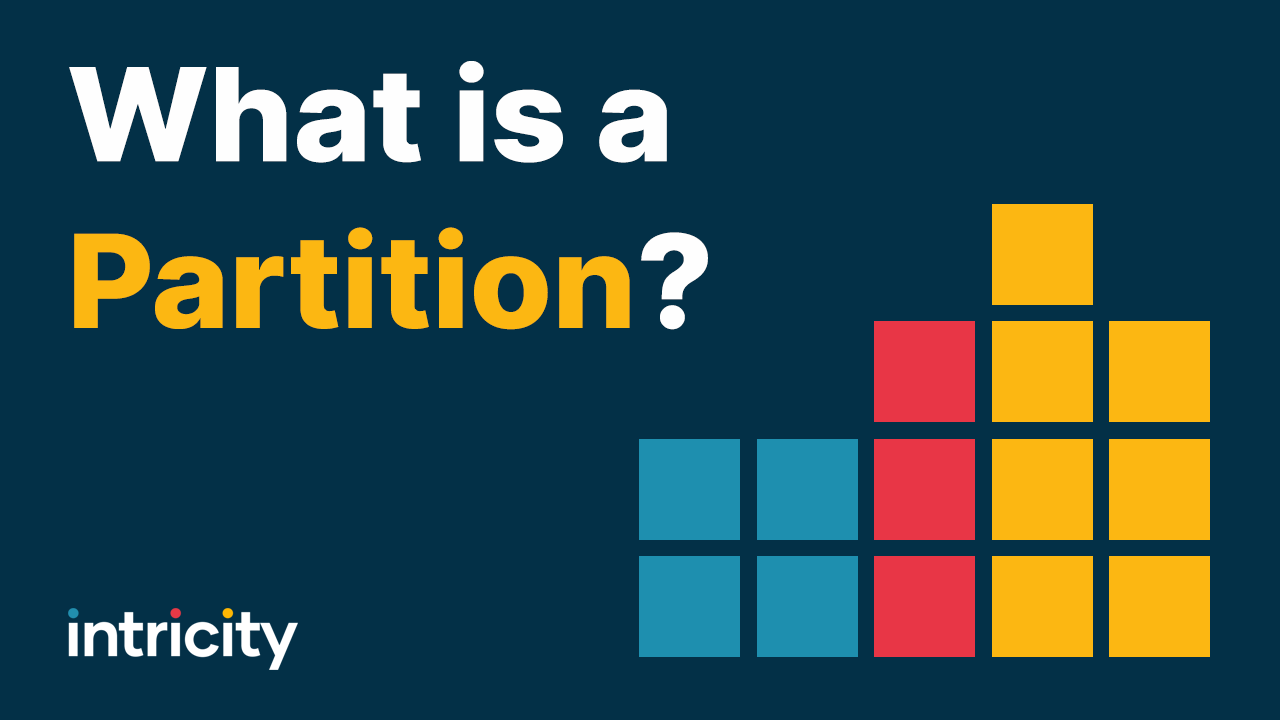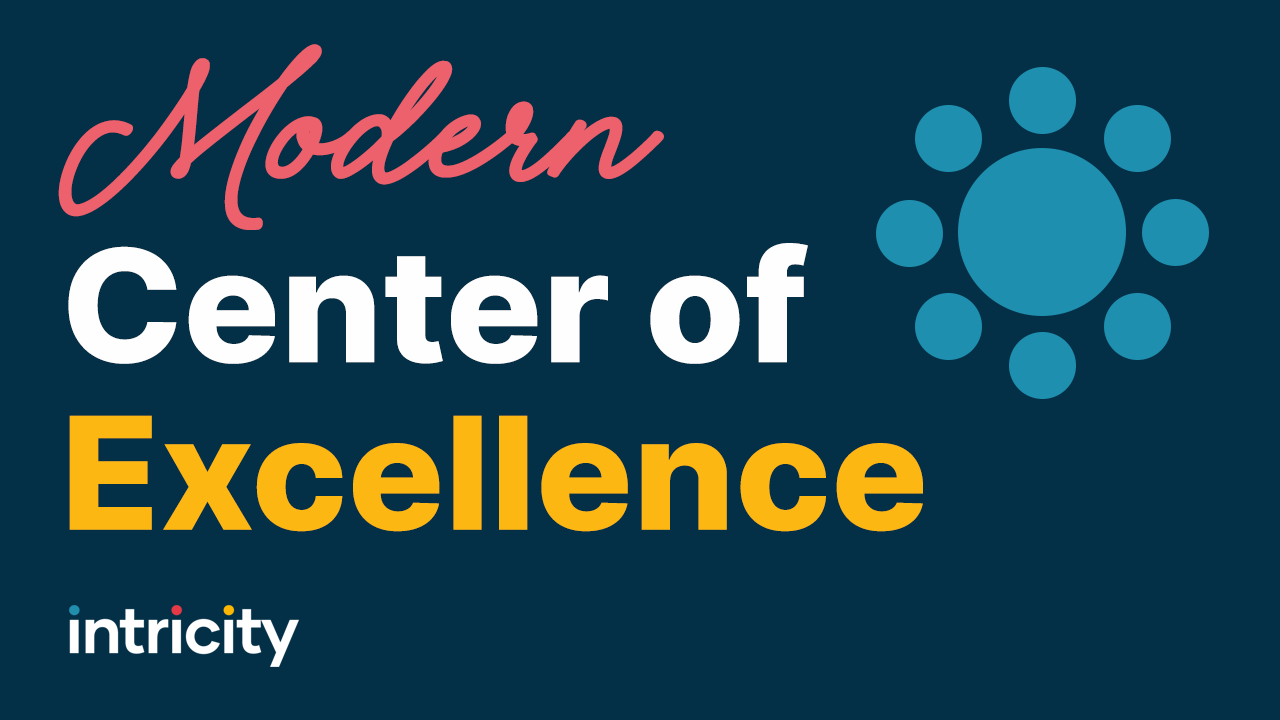In 1999 Warren Buffett coined a phrase during an interview that became an “aha moment” for investors. He said, “The products or services that have wide, sustainable moats around them are the ones that deliver rewards to investors.” In other words, having a product or service which is hard for new entrants to replicate is highly valuable in the long run. Now let's box that idea up for a moment, and we’ll unpack it a little later.
There’s a lot of things that Google and Amazon know, that most companies have no clue about… one of those things is the building blocks for solid Artificial Intelligence. In my Data Science video I talked briefly about machine learning, but I sort of rushed through it. I want to revive that example to better delineate what those building blocks are.
So first and foremost we must have a data set or a simulation which we can use to train the AI. In this video, I’m going to focus specifically on a data set. Ideally, this data can provide inputs and resulting outputs. For example, if I provide a huge set of pictures showing people’s moles, it might be gross, but it’s valuable data. However, having the biopsy results of those moles and whether they’re cancerous or not makes that data set even more valuable. Why? Because I can hide the biopsy results from the AI while it's guessing whether a mole is cancerous or not then let it know whether it was right in its guess. This allows the AI to adapt its rules as it assesses each picture. The more moles it assesses the stronger its model becomes.
The second thing that AI needs is processing power... PARALLEL processing power. This is because as AI learns it creates a neural network of weighted probabilities which it passes the input data through. If you want to go a little deeper into the math of it, I recommend watching a video titled “How Do AI Work?” from the Science Please channel.
The third thing that AI projects need is a specific goal. In our cancer example, the goal of accurate identification is fairly self-evident. But one problem AI developers deal with is how poorly communicated the goals of a project actually are. You can’t just approach AI developers and ask them to somehow increase your profit margin. The goal needs to be specific and related to a process which has good data to back it up. For example, maybe you want to predict the likelihood of customer churn based on the tone of customer support calls. That’s a specific goal that you have data to represent.
While each of these fundamentals could garner their own video, I want to drive your attention to the first building block… the data. It may surprise you that many AI startups aren’t just heads down doing programming, but rather working hard to create a sizable data differentiator. Last Summer John Deere spent 305 million dollars to acquire a startup called Blue River. This startup was created by capturing pictures of cabbage and using AI to interpret the ideal practices during its lifecycle. As more and more pictures of cabbage got accumulated Blue River began to grow a unique differentiator in its data assets. This is where I unpack the Warren Buffett moat we discussed earlier. The data Blue River accumulated became a moat that neither Google, Facebook, Amazon, or Monsanto could easily cross. The greater Blue River’s customer count became the more this moat grew, and more accurate their AI became.
So the question is, do you have a Data Moat within your organization? There’s a couple of questions you can ask yourself to assess this. For example, do you have a place where data is centralized, or do you have to hurdle through countless approvals to get access and connect each data source? If you have the data assets in one place, do you know specifically what that data represents, so you can obtain a specific goal via AI? Building a Data Moat is going to be a huge driver in getting organizations to centralize their data assets as AI progresses. The differentiator between organizations will progressively become how well they have used their data assets to protect them from their competitors.
Intricity has been building data centralization strategies for decades. We can help you design a Data Moat within your organization so your data assets provide a defensible position in the aggressive AI market. If you would like to read more about Intricity’s Data Moat strategy engagement, click here. Also you can reach out to Intricity to Talk with a Specialist about your current data landscape.


